From the leaf alone we can’t tell if this is a bacterial or fungal problem. There are several tomato leaf diseases that look similar and the only way to tell for sure is to have the leaves cultured in a lab. That said, for the home gardener the treatment would be the same. Since fungal problems are FAR more common than bacterial problems in the northeast, it makes sense to treat this as if it is a fungus. If it’s bacterial the problem will rapidly continue and there’s nothing you can do, but if it’s fungal you can slow the spread so you’ll still get tomatoes so what have you got to lose?
Start spraying now with an organic fungicide. Early in the season, before the plant has a problem the products of choice are the biological fungicides such as Actinovate and Serenade. But once a plant has a problem you should go right to the “heavy hitter” of organic fungicides, copper. Ask at your local garden center for a copper fungicide and use it according to directions. Most people find that a weekly application of copper will halt or slow an infection enough to allow the ripening of fruit for three to eight weeks.
Be sure to put the foliage of these plants into the garbage or the burn pile, not into the compost. Next year start spraying your plants regularly with Actinovate or Serenade from planting on…it’s easier to stall the problem than it is to treat it once the plant is infected.
Also, be sure to water your plants in the morning only and try not to get the foliage wet when you do so. Frequently sprinkling the foliage with water is a prescription for leaf spot diseases. Water deeply less often.
This summer’s cool weather has contributed to tomato leaf and fruit diseases.
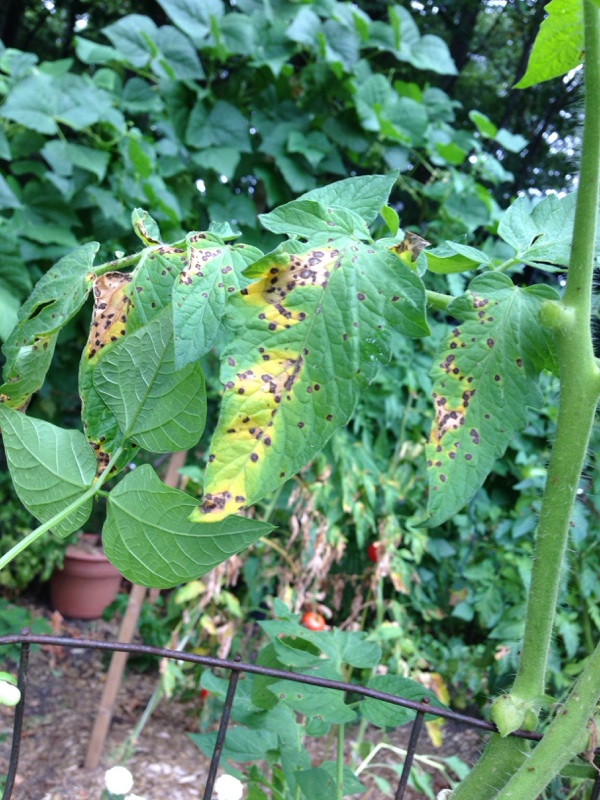
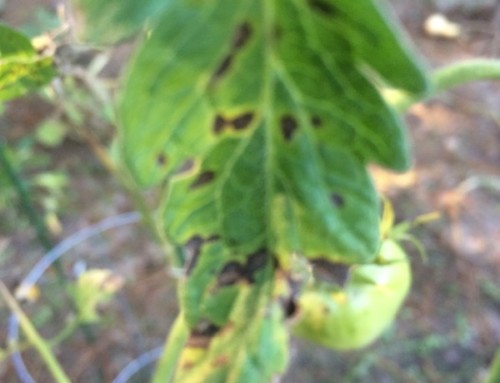
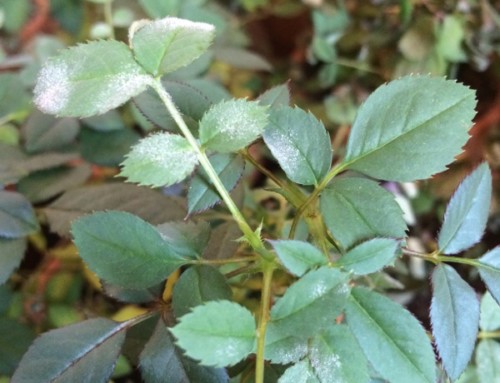
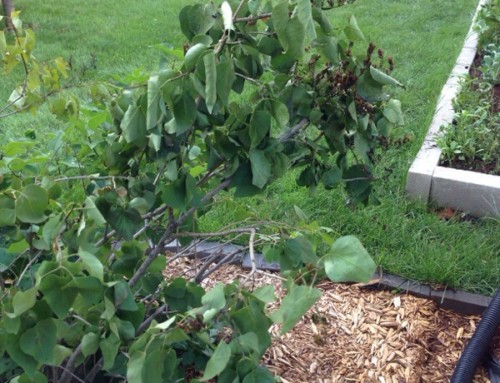
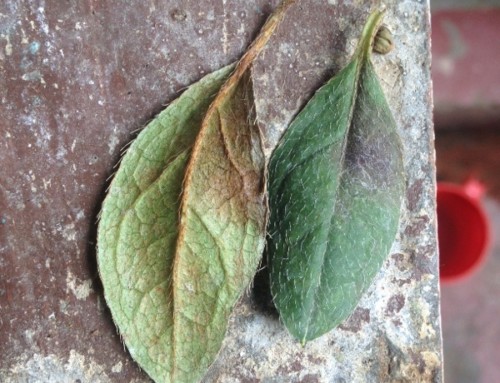
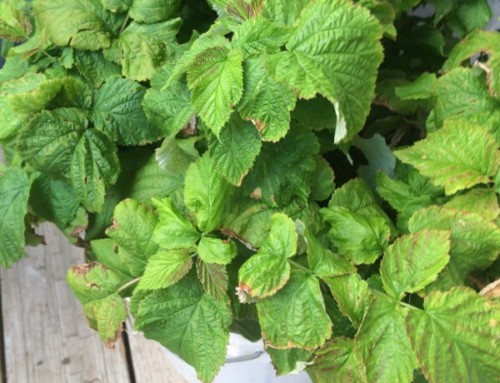
Leave A Comment